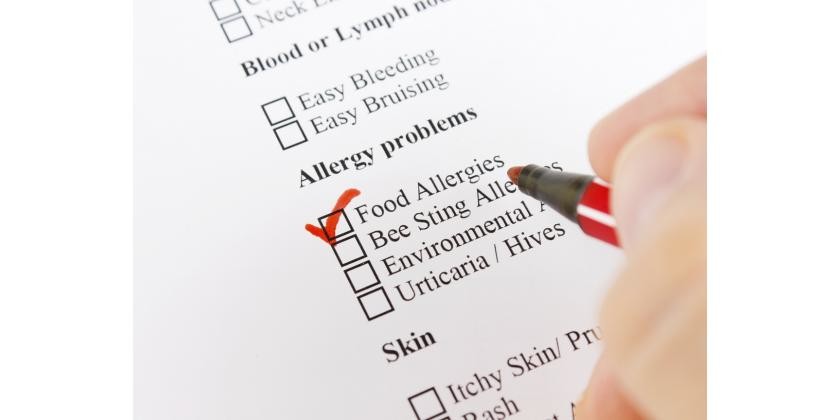Chipotle went to market with a unique strategy for a fast food chain: use fresh, local, and in some cases organic ingredients to create a unique experience for customers. Its vision and marketing tapped into the current anti-fast-food zeitgeist, and it worked. Chipotle became America’s “healthy” fast food option.
But in 2015 the filling started to fall out of Chipotle’s burrito. A total of five outbreaks occurred in its stores across America, with a number of customers coming down with E. coli poisoning, norovirus, and salmonella poisoning. The culprit was, obviously, a lack of attention to food safety procedures. It quickly became clear that the company’s culture was not focused on food safety or transparency in the wake of the earlier outbreaks in July and August. By the time the outbreaks occurred in the fall, Chipotle was in full crisis management mode as its company stock dropped 30% in the course of one month.






